|
Diseases of Poultry
By Ivan Dinev, DVM, PhD
|
FOWL CHOLERA
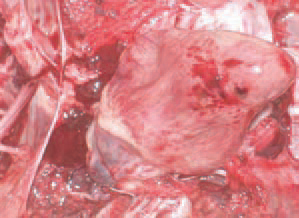
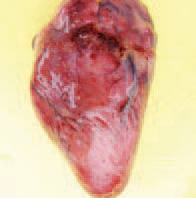
68. 69.. Fowl cholera is an infectious disease in domestic fowl, waterfowl and other avian species. It is manifested either in acute septicaemic form with a high morbidity and death rates or as chronic local forms (independently or secondary to acute ones). Acute fowl cholera. The sudden and unexpected death could be the first sign of the disease. In this form, the lesions are predominantly related to vascular injuries.

70. Commonly observed signs are anorexia, ruffled feathers, oral and nasal mucus discharge, cyanosis and white or greenish watery mucoid diarrhoea. Frequently, subserous petechial or ecchymosed haemorrhages in the anterior part of the small intestine, the gizzard or the abdominal fat are discovered.
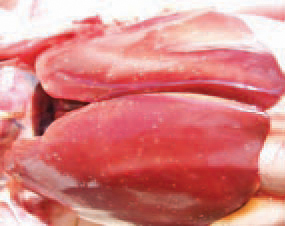
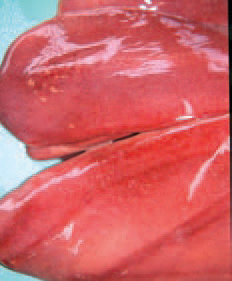
71. 72. Congestion (overfilling of blood vessels with red blood cells) of the liver as an initial manifestation of E. coli septicaemia in a broiler chicken. H/E, Bar = 40 µm.

73.In layers (commercial or breeders), acute oophorites with regressing follicles and consequently, diffuse peritonites are commonly observed.
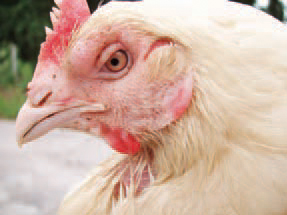
74. Chronic fowl cholera. It is characterized by local inflammations. The periorbital sinuses are frequently affected by a serofibrinous inflammation.
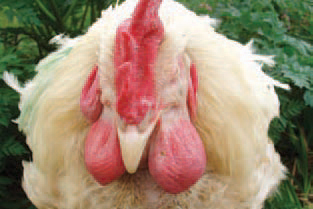

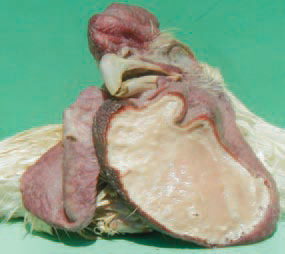
75. 76. 77. Another local form is the injury of wattles that are strongly distended because of their filling with fibrinous caseous content. The flocks that recuperated from fowl cholera continue to carry and shed Pasteurella multocida. The carriers store the organism in nasal choanas and contaminate the forage, water and the environment with oral discharges. Wild birds and some mammals (swine) could also carry the agent and introduce it into poultry flocks. Cannibalism is an essential route of spreading the infection.
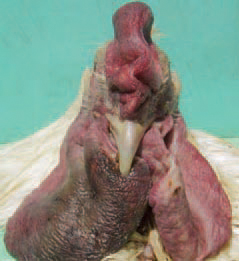
78. In turkeys a common finding is the unilateral or bilateral croupous pleuropneumonia
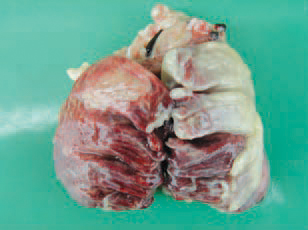
79. the fibrinous caseous exuate accumilated in wattles sometimes leads to gangrene of the covering skin.
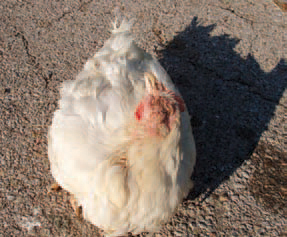
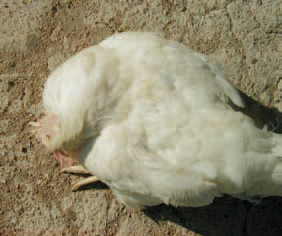
80. 81. possibly be spread from sinuses to adjacent air-filled skull bones with subsequent necrosis and onset of neurological signs (opisthotonus and torticolis). The diagnosis is made on the basis of disease history, clinical signs, the lesions and the results of bacteriological studies. Fowl cholera should be differentiated from acute E. coli septicaemia, erysipeloid, fowl typhoid etc. The immunization of birds at the age of 8 -12 weeks gives very promising results. Many antibiotics and sulfonamides could lower death rate, but at discontinuation of the treatment, the disease could recur. Sulfonamides are appropriate for treatment, but they inhibit egg-laying.






